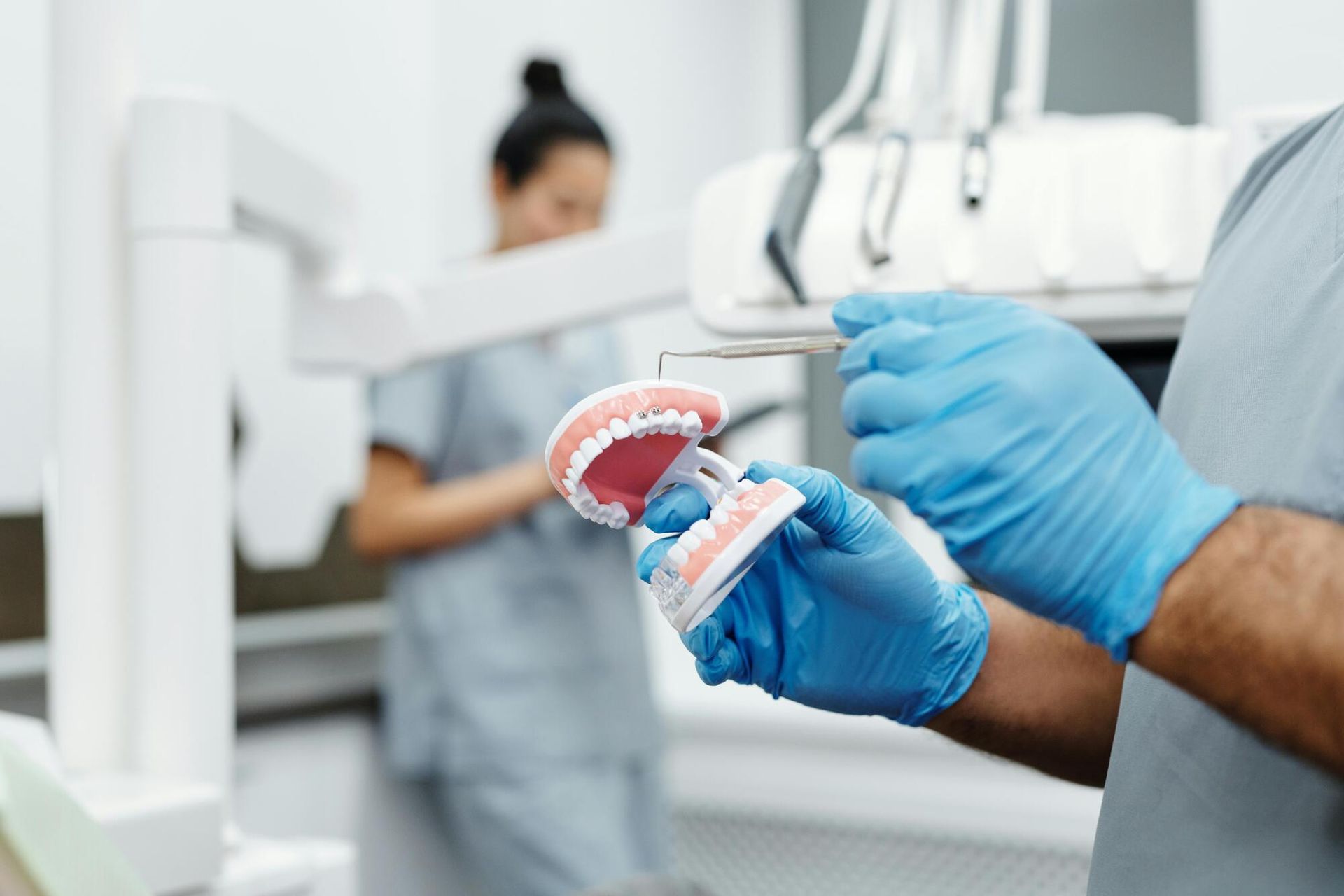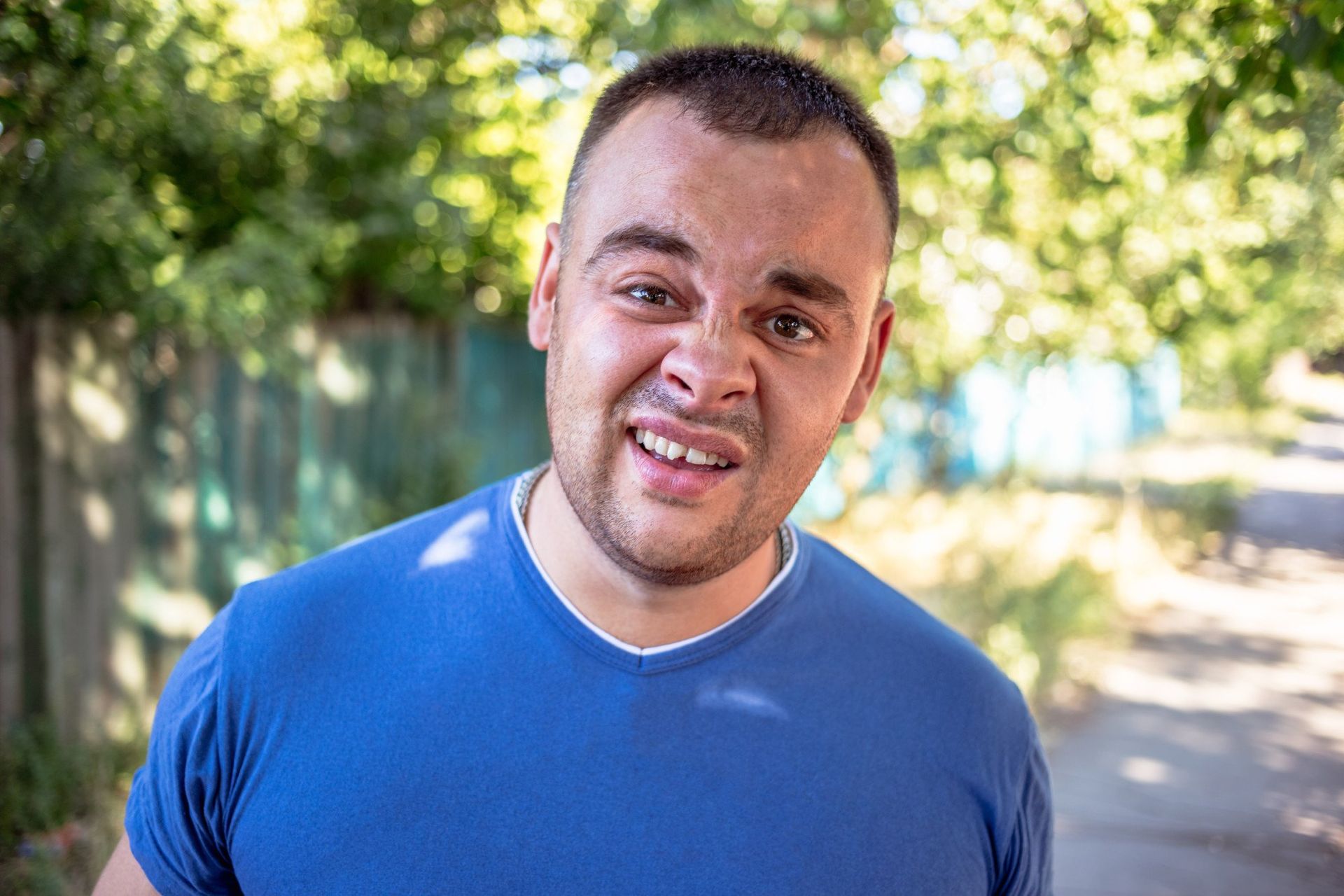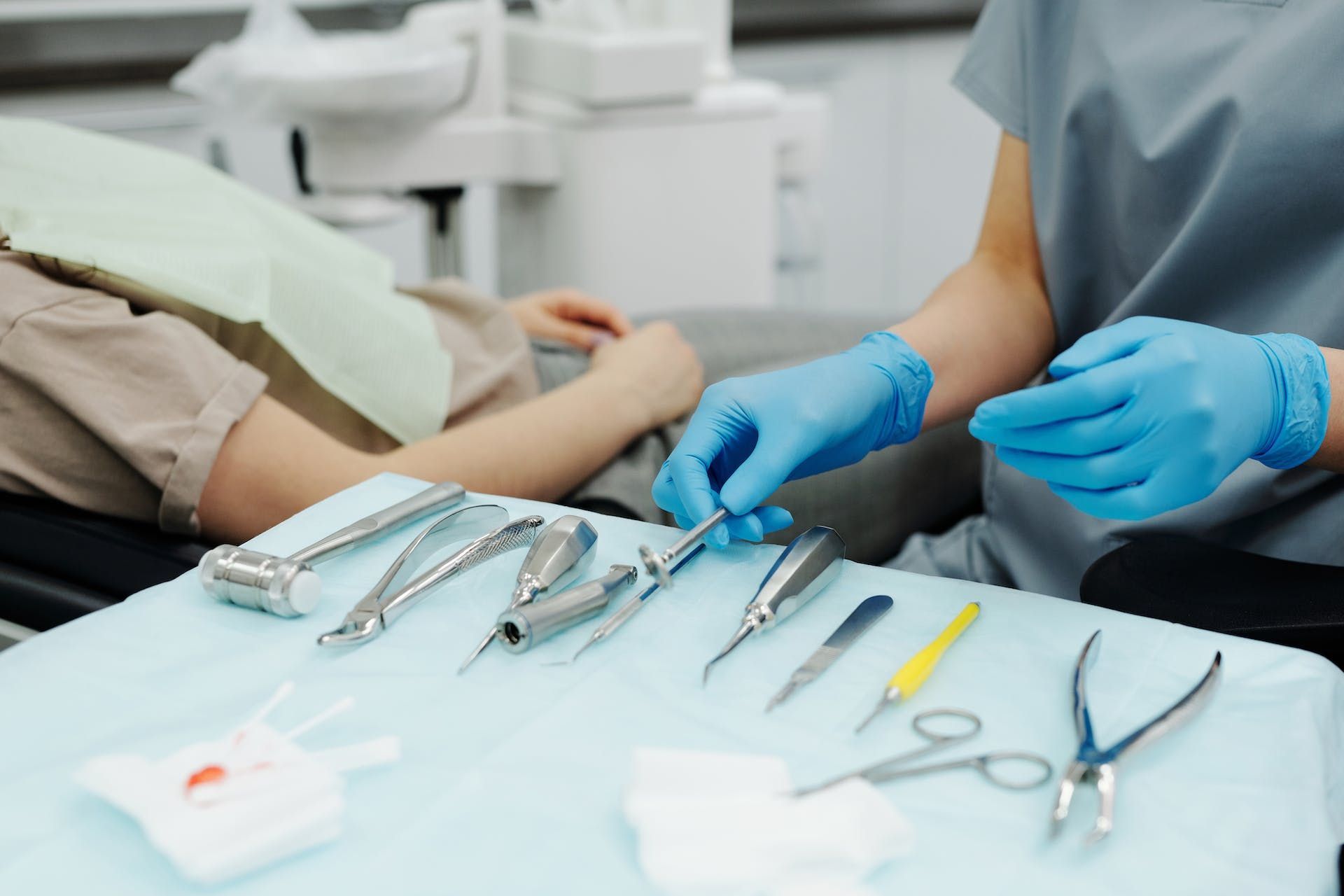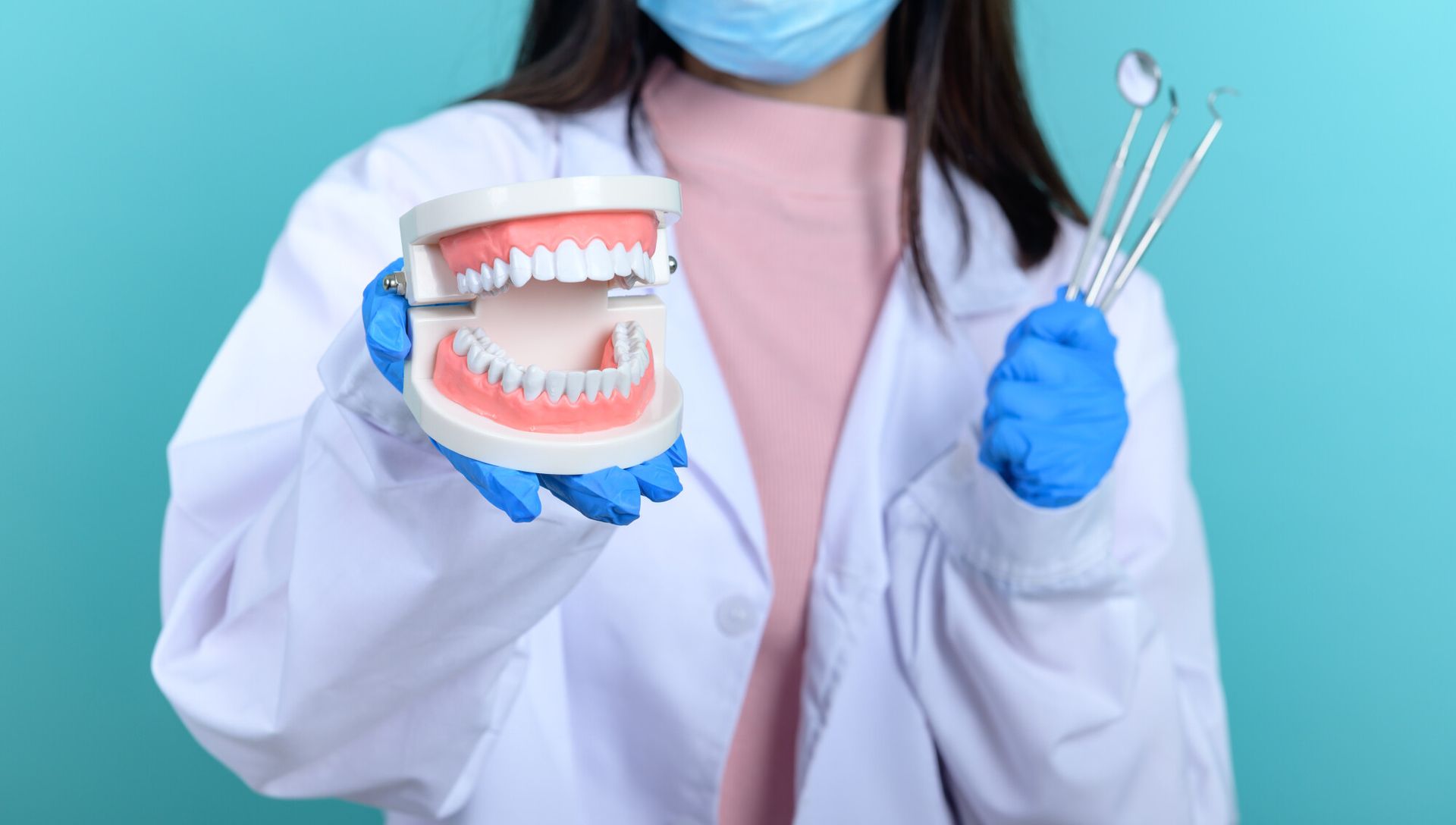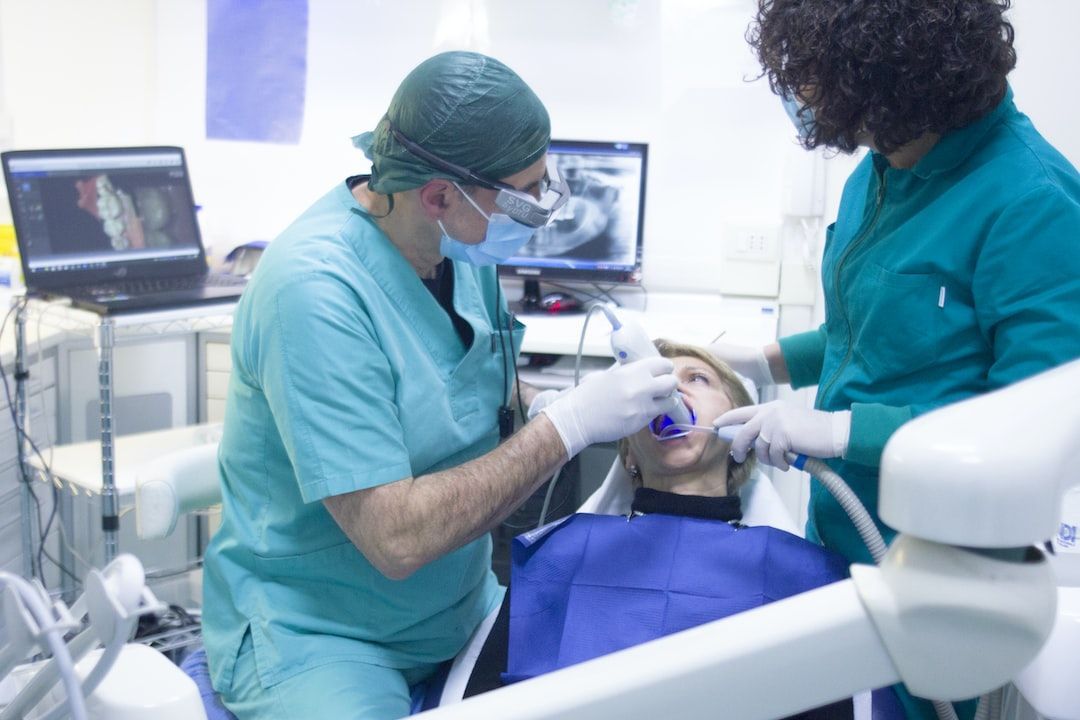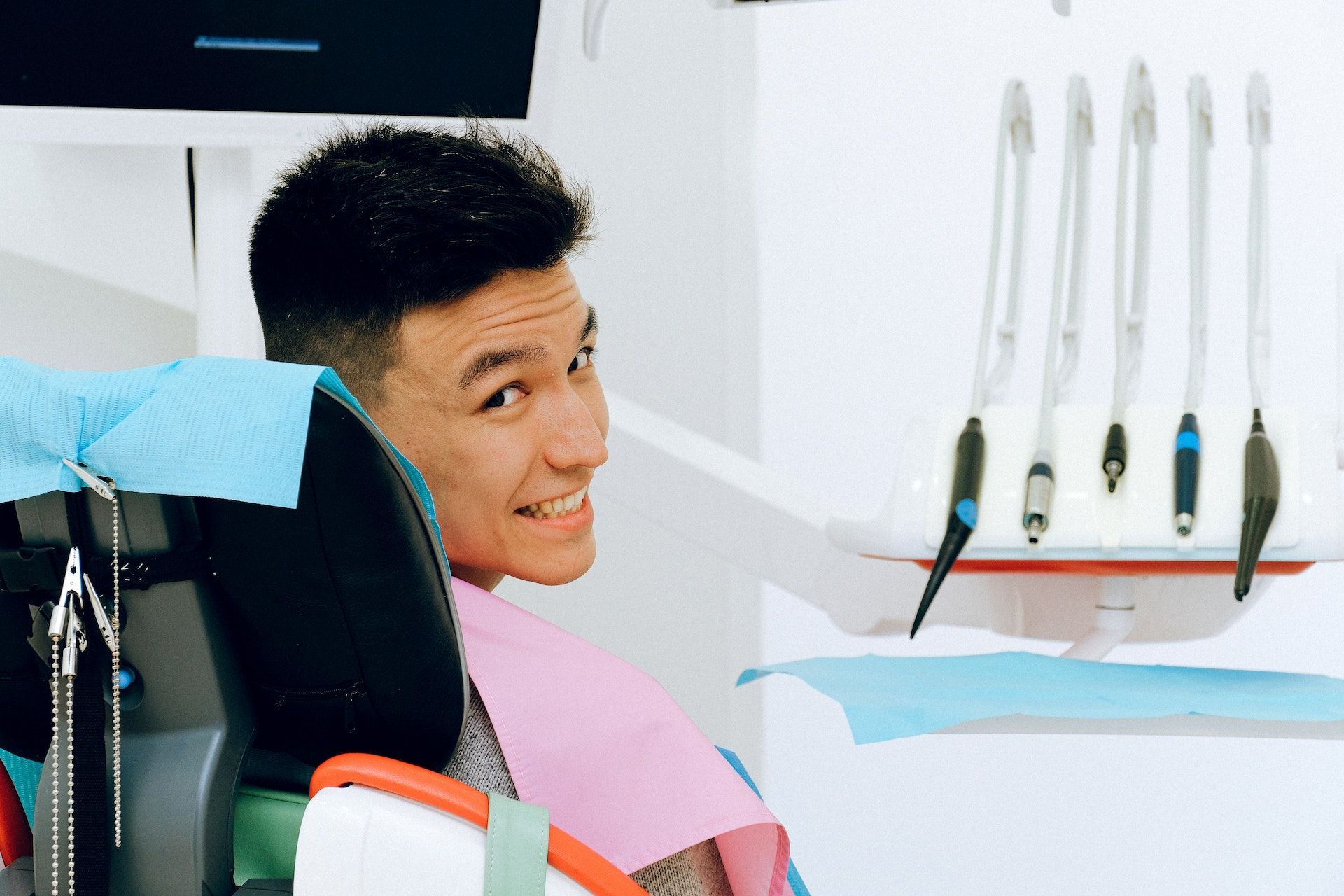A Look at Differences Between Invisalign and Braces
Did you know that it's predicted that 45 percent of kids need braces and up to 75 percent of kids could benefit from them? Whether you're an adult or a child, it's likely that you can benefit from some type of orthodontic work.
However, when it comes to straightening your teeth, you have a few different options available to you. But which one is the best for you?
In this blog post, we're going to take a look at the two most popular methods: Invisalign and braces. We'll explore the pros and cons of each so that you can make an informed decision about which one is right for you. Read on to learn more!
What are Invisalign and Braces?
Invisalign and braces are two popular options for straightening teeth. Both have their own pros and cons, so it's important to consult with your orthodontist to see which treatment is right for you.
Braces are the more traditional choice for teeth straightening, and they work by using metal brackets and wires to slowly move teeth into place. Braces can be uncomfortable and take some getting used to, but they are typically more affordable than Invisalign.
Invisalign is a newer option that uses clear, removable aligners to straighten teeth gradually. Because the aligners are practically invisible, many people prefer Invisalign over braces. Invisalign is also generally more comfortable than braces, but it is usually more expensive.
Both Invisalign and braces can be effective at straightening teeth, so ultimately, the choice comes down to personal preference and budget.
The Differences Between Invisalign and Braces
If you're considering Invisalign or braces to straighten your teeth, you may be wondering what the differences are between the two. Here's a look at some of the key differences between Invisalign and braces:
- Invisalign is virtually invisible, while braces are very noticeable
- Invisalign can be removed for eating and brushing, while braces cannot
- Invisalign treatment typically takes less time than braces treatment
- Invisalign is more expensive than braces
- Invisalign may not be suitable for all types of dental misalignment, while braces can correct a wide range of dental issues
Now that you know some of the key differences between Invisalign and braces, you can make an informed decision about which option is best for you.
Which Is Better for You?
Invisalign and braces are two popular options for straightening teeth. But which one is better for you?
Invisalign is a clear aligner that is virtually invisible. It is removable, so you can eat and drink what you want. And you can brush and floss normally to maintain good oral hygiene.
Braces, on the other hand, are metal brackets that are glued to your teeth. They are not removable, so you have to be careful about what you eat and drink. In addition, you have to brush and floss around the brackets, which can be difficult.
So, which is better for you? It depends on your individual needs and preferences. If you want straight teeth but don't want anyone to know you're doing it, Invisalign might be the best option for you.
If you don't mind people knowing you're wearing braces and are willing to put in the extra effort to keep them clean, braces might be the right choice for you.
How to Choose the Right Orthodontic Treatment
There are many different types of orthodontic treatments available on the market today. How do you know which one is right for you?
Consult With an Orthodontist
The first step is to consult with your orthodontist. They will be able to assess your individual case and make recommendations based on your specific needs.
In general, there are two main types of orthodontic treatments: braces and Invisalign. Both have their own set of benefits and drawbacks. It's important to take the time to learn about each treatment option before making a decision.
Cost of Orthodontic Treatment
The cost of orthodontic treatment can vary depending on the type of treatment you choose. Treatment with braces typically costs more than treatment with Invisalign aligners.
The cost of your orthodontic treatment will also depend on the severity of your bite problem, the length of time you need to wear braces or aligners, and whether you have insurance coverage for orthodontic care.
If you have insurance coverage for orthodontic care, check with your insurance provider to find out how much of the cost of treatment they will cover. Some insurance plans cover a certain percentage of the cost of braces or aligners, while others may cover the entire cost up to a certain dollar amount.
If you don't have insurance coverage for orthodontic care, talk to your orthodontist about payment options. Many orthodontists offer financing plans that allow you to make monthly payments for your orthodontic treatment.
To get an estimate on the cost of orthodontic treatment, schedule a consultation with an orthodontist in your area. During your consultation, the orthodontist will examine your teeth and bite and discuss the best treatment option for you.
Orthodontic Treatment Timeline
How long are you willing to put into your orthodontic treatment? There's a significant difference in how long Invisalign takes versus how long braces take.
Invisalign typically takes 12 to 18 months. However, for more complex cases, it can take 24 months or longer.
In contrast, braces, on average, take 24 months to fully complete their task. However, there's a wide range here. Some people can wear braces for less than 12 months, while others may need braces for up to three years.
Consult With a Dentist in Jersey City, NJ
Invisalign and braces are both popular choices for those looking to straighten their teeth. But what are the key differences between the two?
Invisalign is a clear aligner system that is virtually invisible, meaning that you can straighten your teeth without anyone knowing. On the other hand, braces are metal brackets that are bonded to your teeth and are typically much more visible. Both options have their own set of pros and cons, so be sure to consult with your orthodontist to see which one is right for you.
Are you looking for a dentist in Jersey City, NJ?
Request an appointment with Dental Spa today to talk about whether Invisalign is right for you.



